Every Toe in the Wrong Place: A Bizarre Case of Total Lateral Foot Dislocation
Score and Comment on this Case
Clinical Details
Clinical and radiological findings: A 34-year-old male presented following a high-energy trauma involving a car and guardrail collision against the foot. The patient arrived at 10 pm with all five toes exhibiting dusky discoloration, indicating compromised perfusion. Initial physical examination revealed palpable pedal pulses, but significant dorsal soft tissue injury was noted. Radiographic evaluation demonstrated a highly unstable Lisfranc injury and a unique homolateral dislocation of all five toes, with each toe displaced laterally over the adjacent proximal phalanx.
Preoperative Plan
Planning remarks: The preoperative plan involved an urgent surgical intervention for washout and debridement of the dorsal soft tissue injury, followed by open reduction of the toe dislocations. Due to the unstable nature of the Lisfranc injury, temporary pinning was planned with a potential for definitive fixation at a later stage.
Surgical Discussion
Patient positioning: The patient was positioned supine on the operating table with the affected foot elevated and prepped under sterile conditions.
Anatomical surgical approach: A dorsal longitudinal incision was made to access the metatarsophalangeal joints. Each toe was individually addressed through open reduction, repositioning them onto their correct proximal phalanx. Temporary Kirschner wire fixation was utilized to maintain alignment. The Lisfranc joint was stabilized with percutaneous pinning.
Operative remarks:The surgeon noted the unusual nature of the homolateral toe dislocation, requiring meticulous open reduction for each digit. Given the severe soft tissue compromise and risk of vascular insufficiency, the patient was counseled regarding the potential for partial or complete toe loss, as well as possible skin necrosis.
Postoperative protocol: Postoperatively, the patient was advised to maintain non-weight bearing status on the affected limb. A protective splint was applied, and close monitoring of vascular status was emphasized. Progressive weight bearing would be considered based on soft tissue healing and stability of the Lisfranc fixation.
Follow up: Not specified.
Orthopaedic implants used: Kirschner wires for toe fixation, percutaneous pins for Lisfranc stabilization.
Search for Related Literature

orthopaedic_trauma
- United States , Seattle
- Area of Specialty - General Trauma
- Position - Specialist Consultant

Industry Sponsership
contact us for advertising opportunities




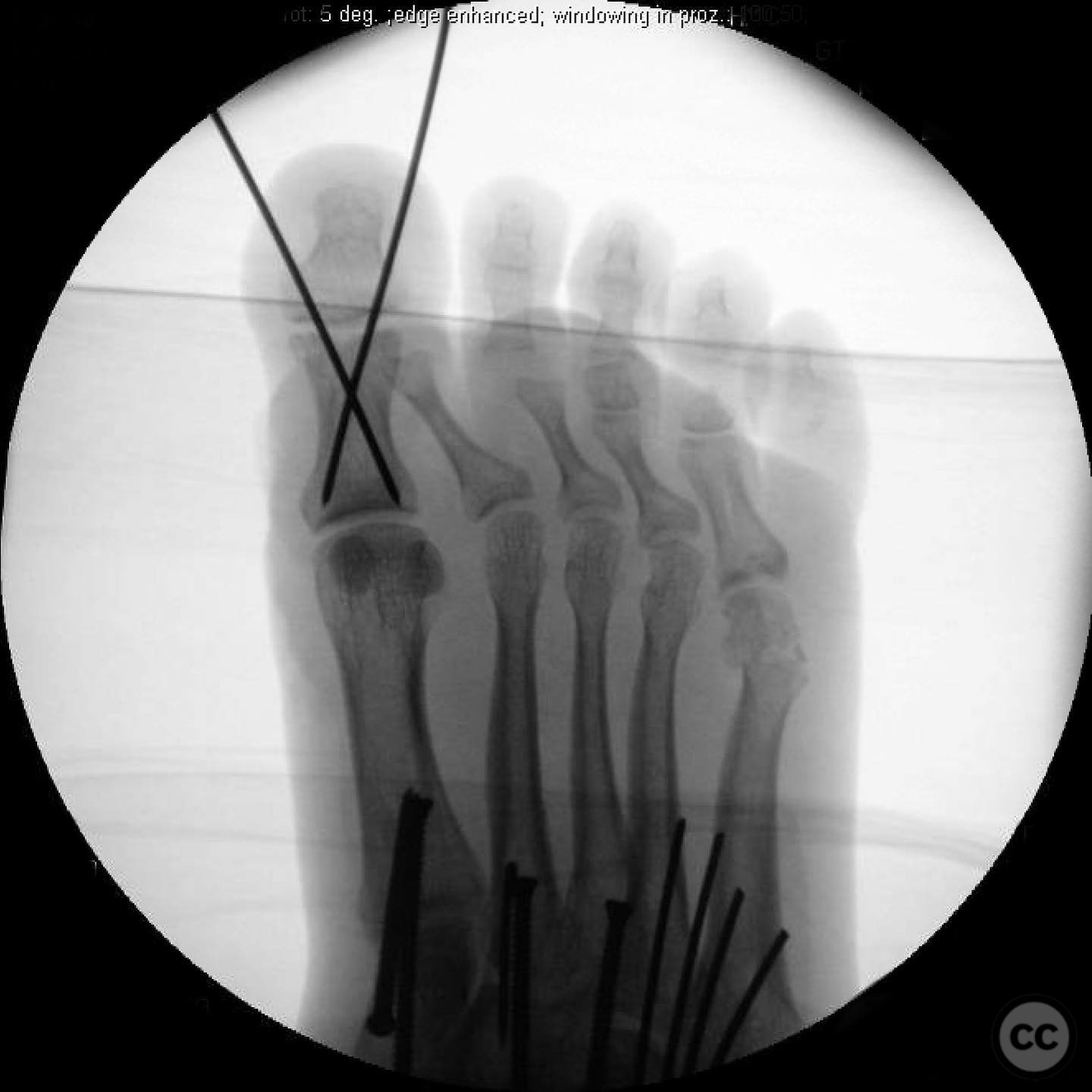
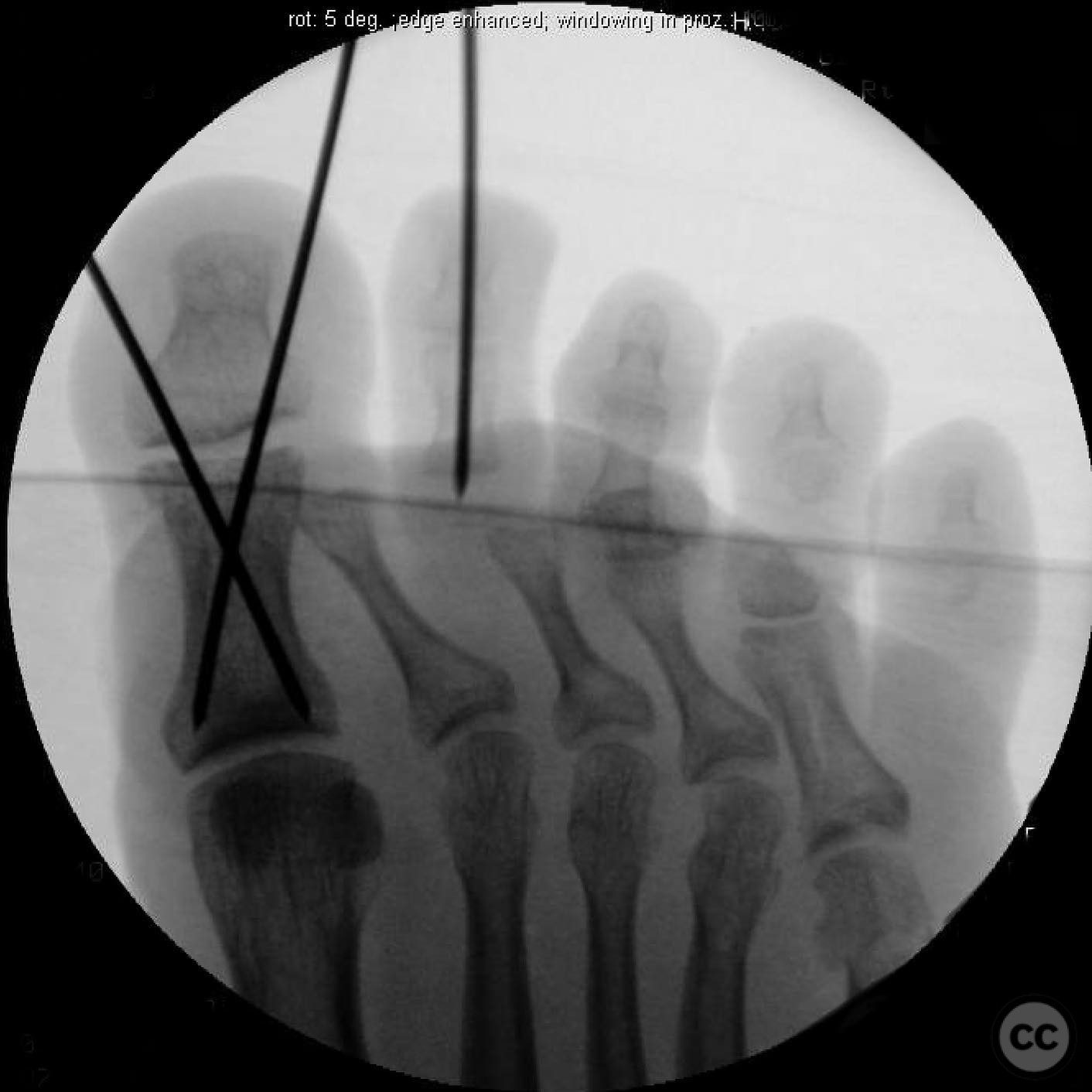
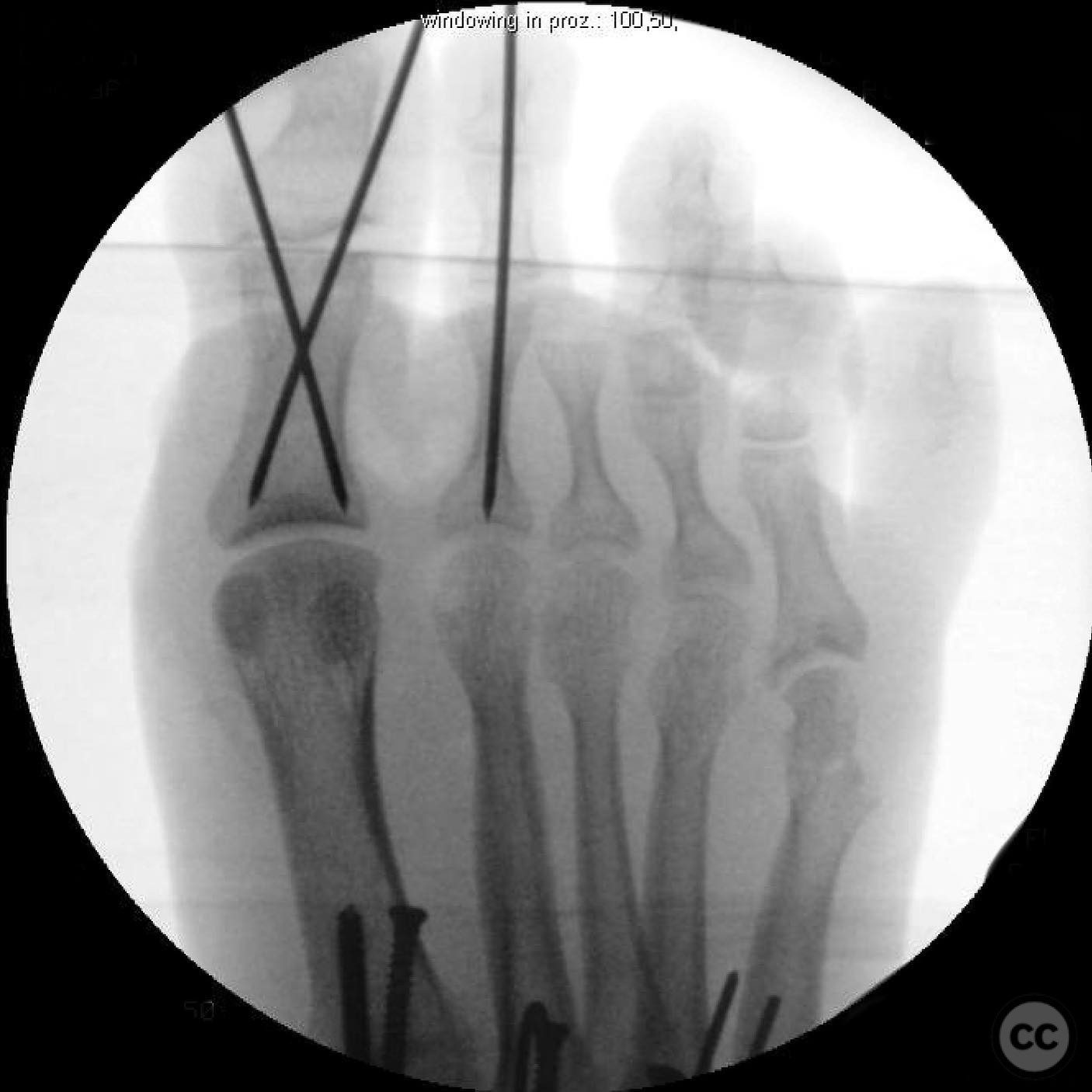
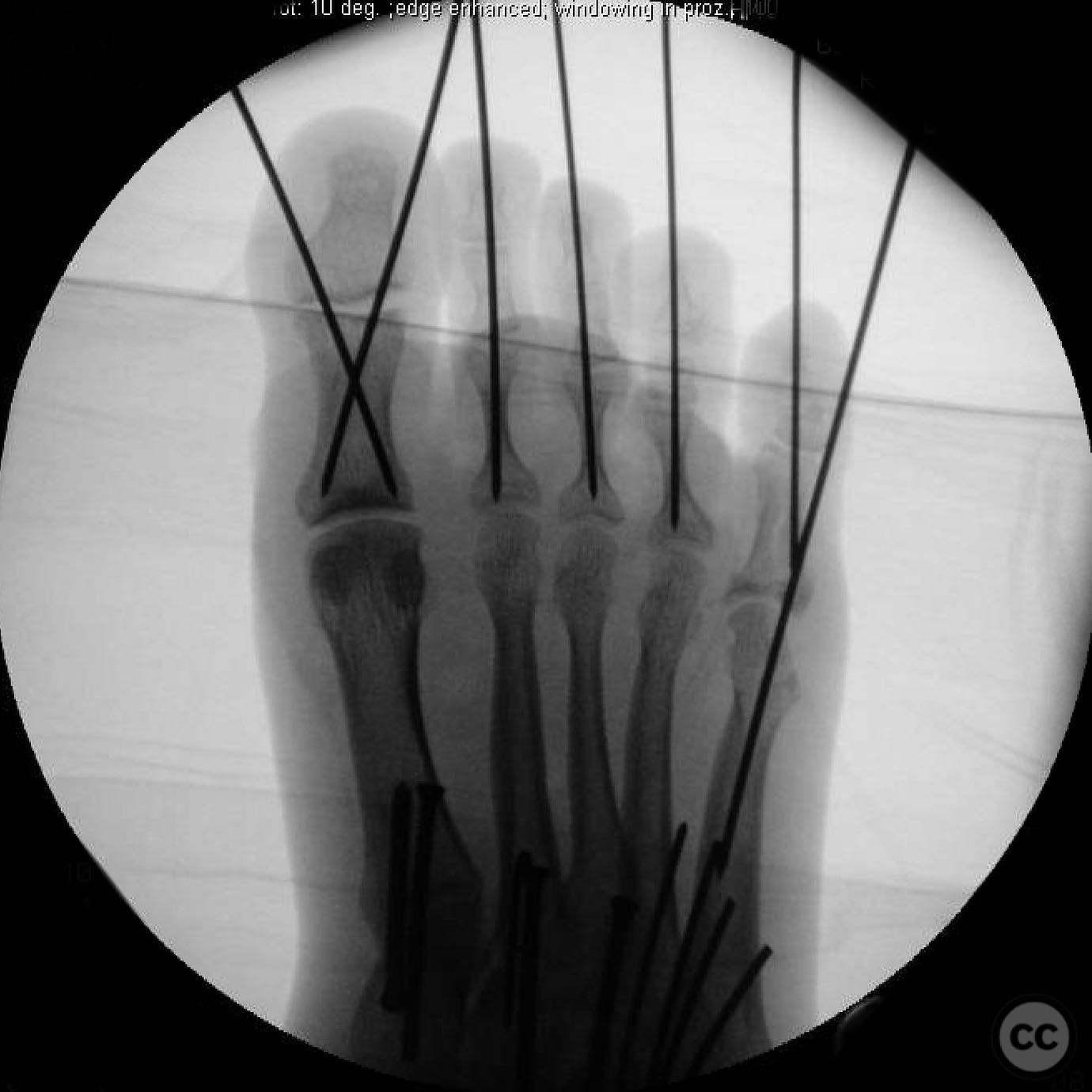
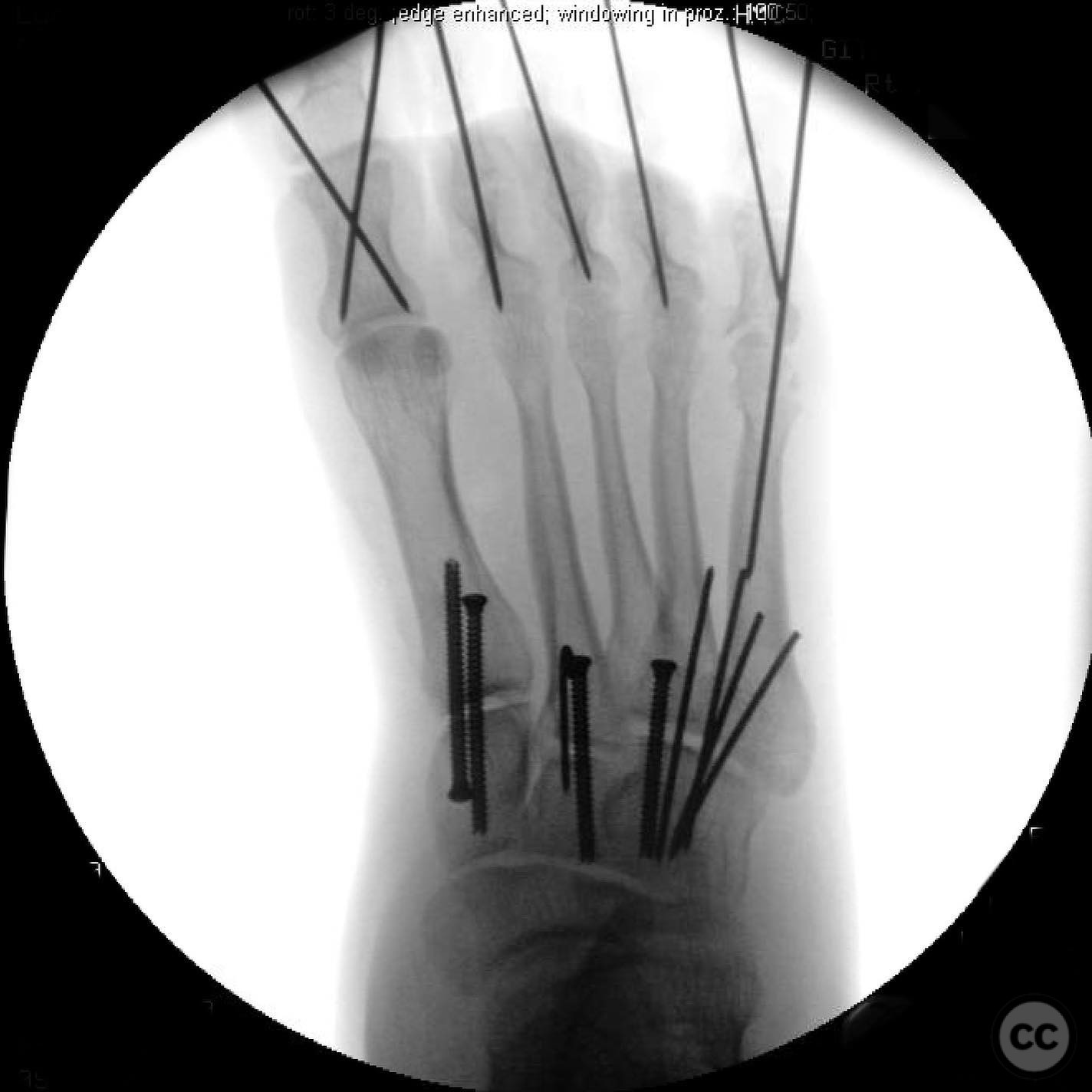
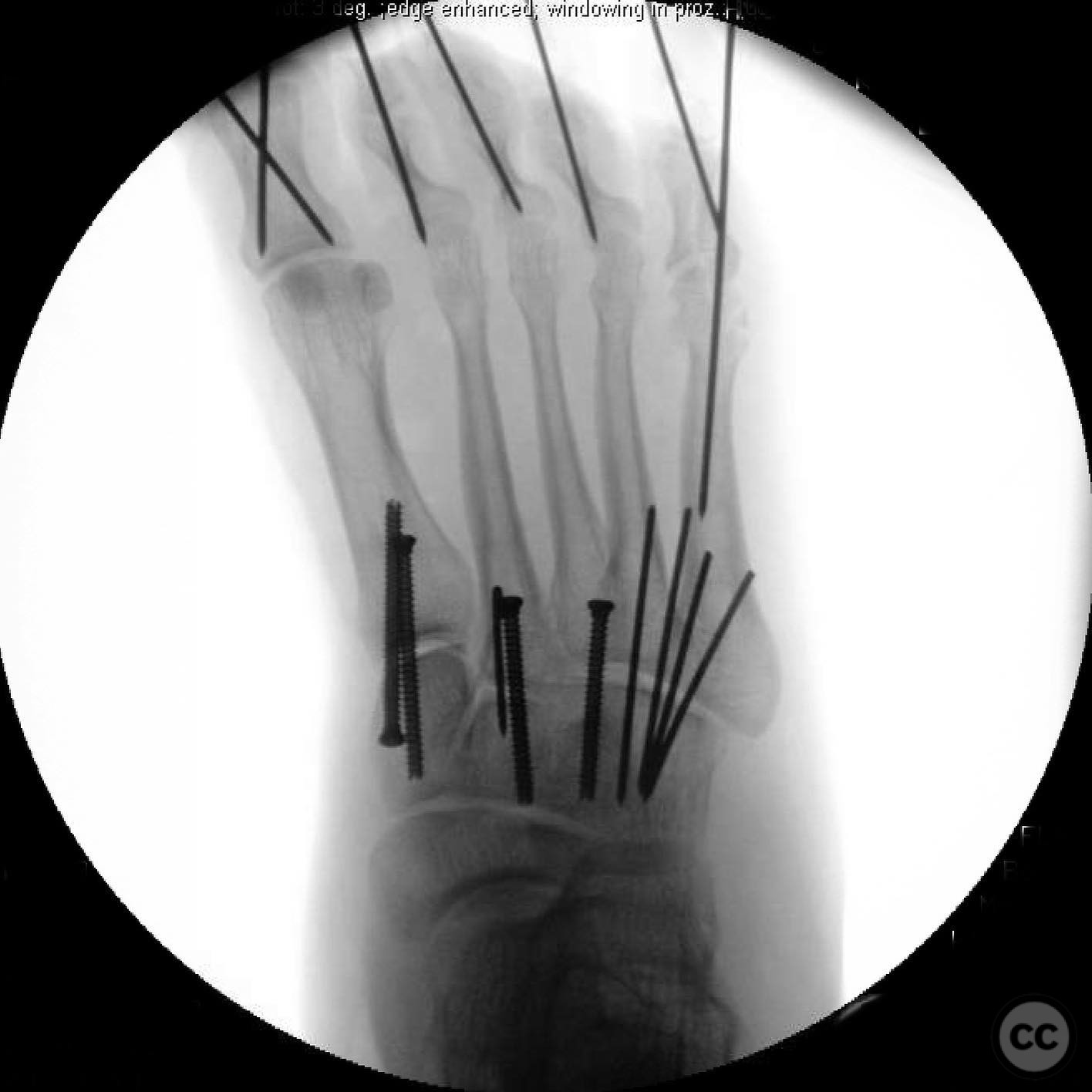
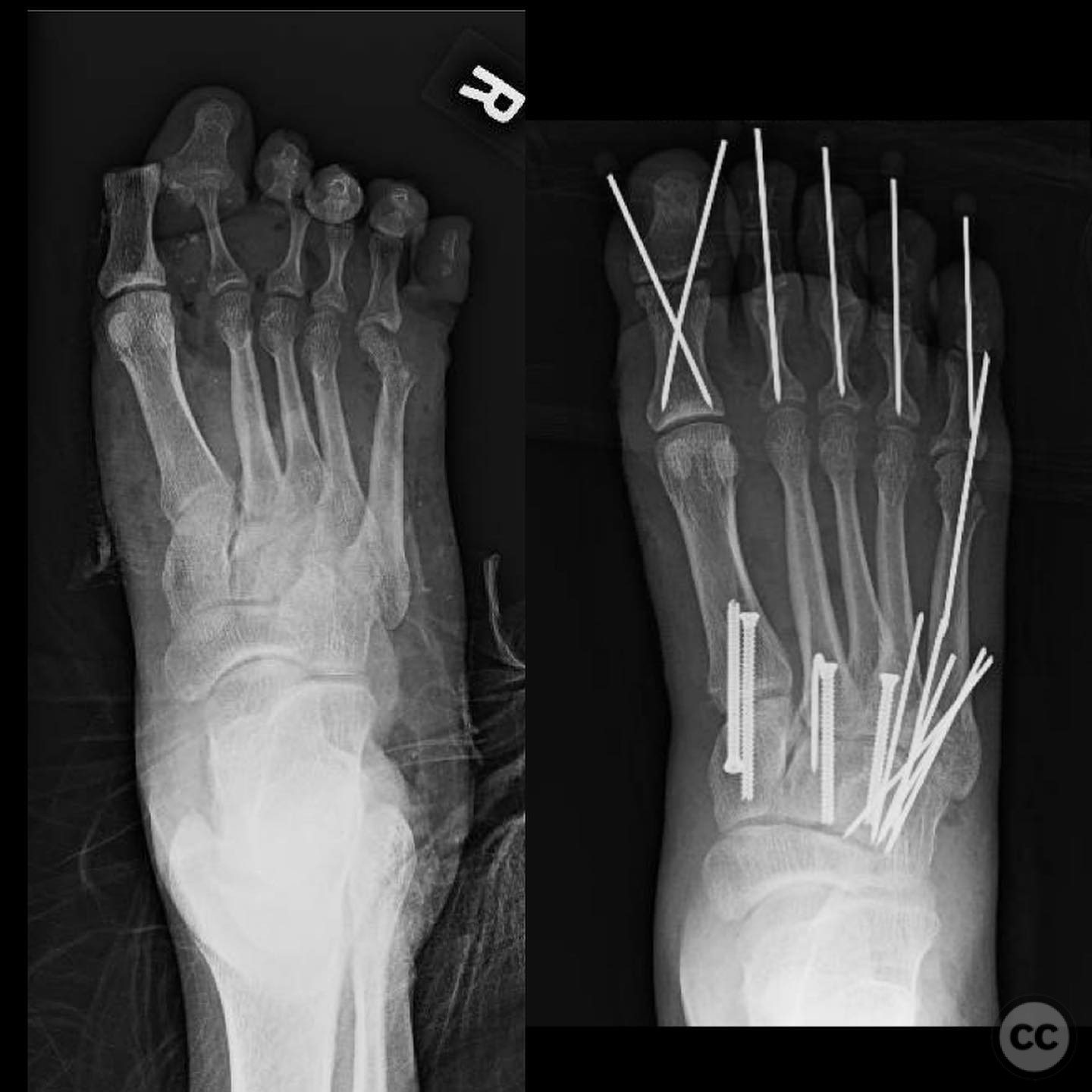
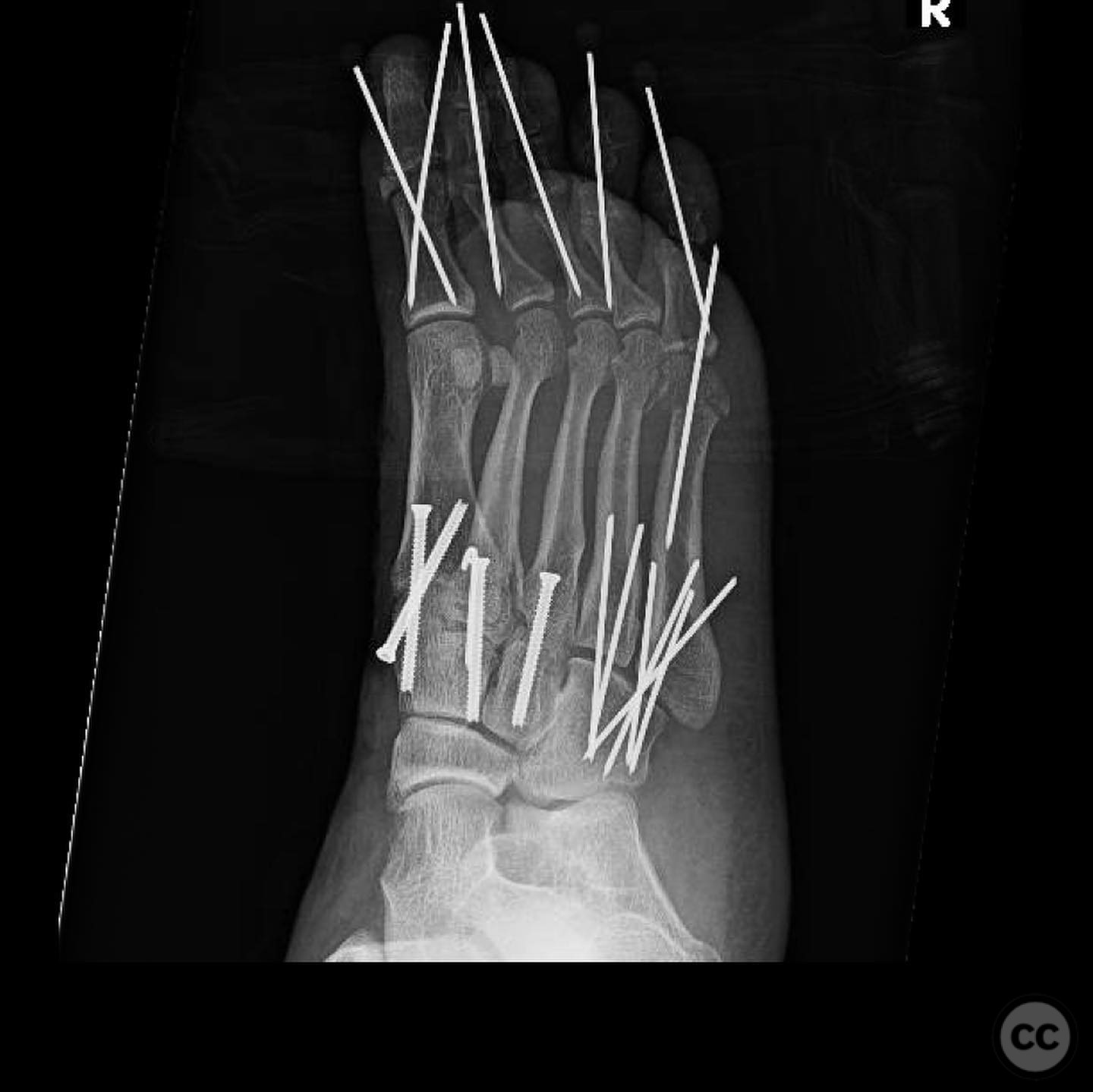
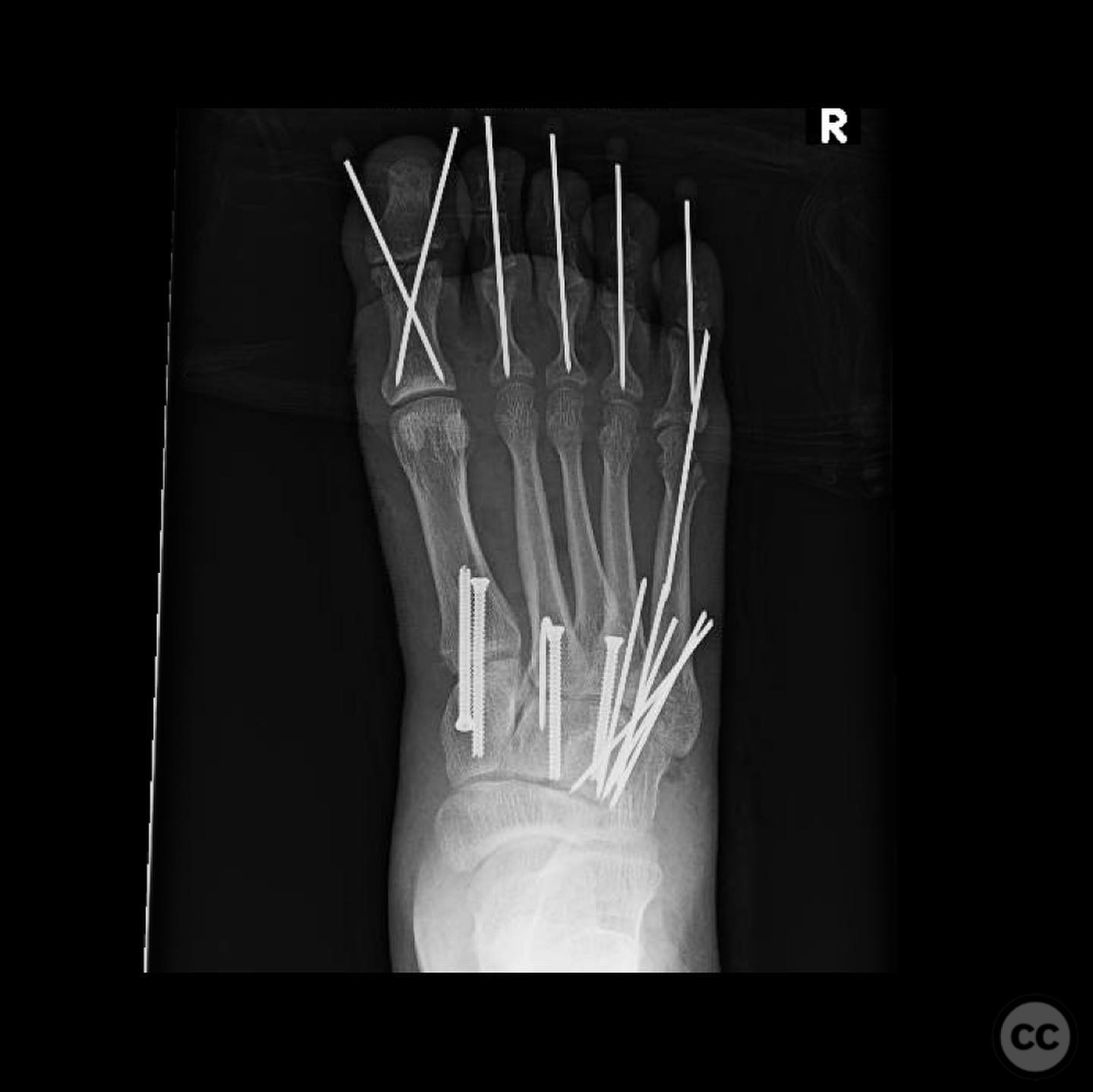
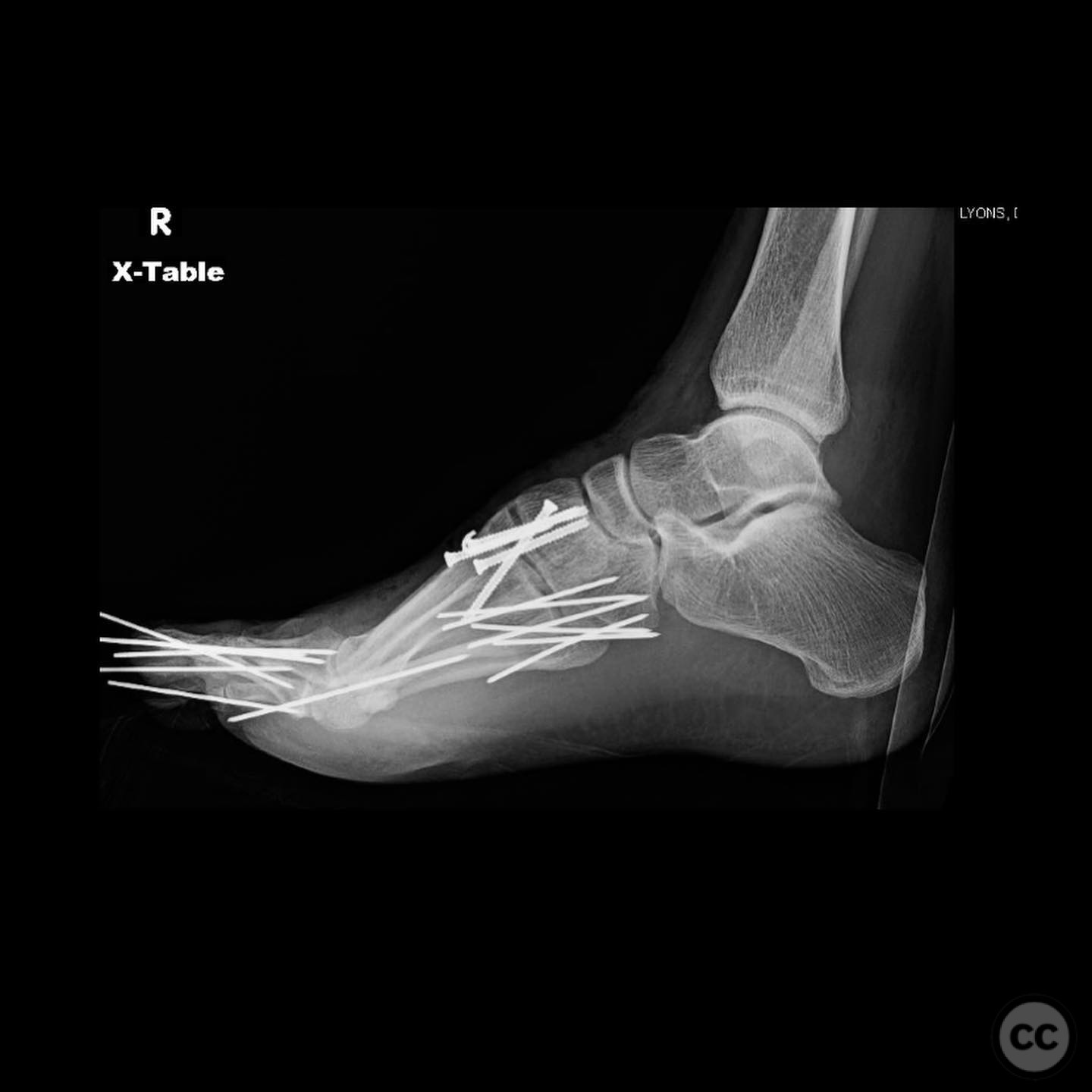
Article viewed 110 times
16 Jul 2025
Add to Bookmarks
Full Citation
Cite this article:
Surname, Initial. (2025). Every Toe in the Wrong Place: A Bizarre Case of Total Lateral Foot Dislocation. Journal of Orthopaedic Surgery and Traumatology. Case Report 42872698 Published Online Jul 16 2025.